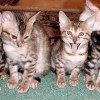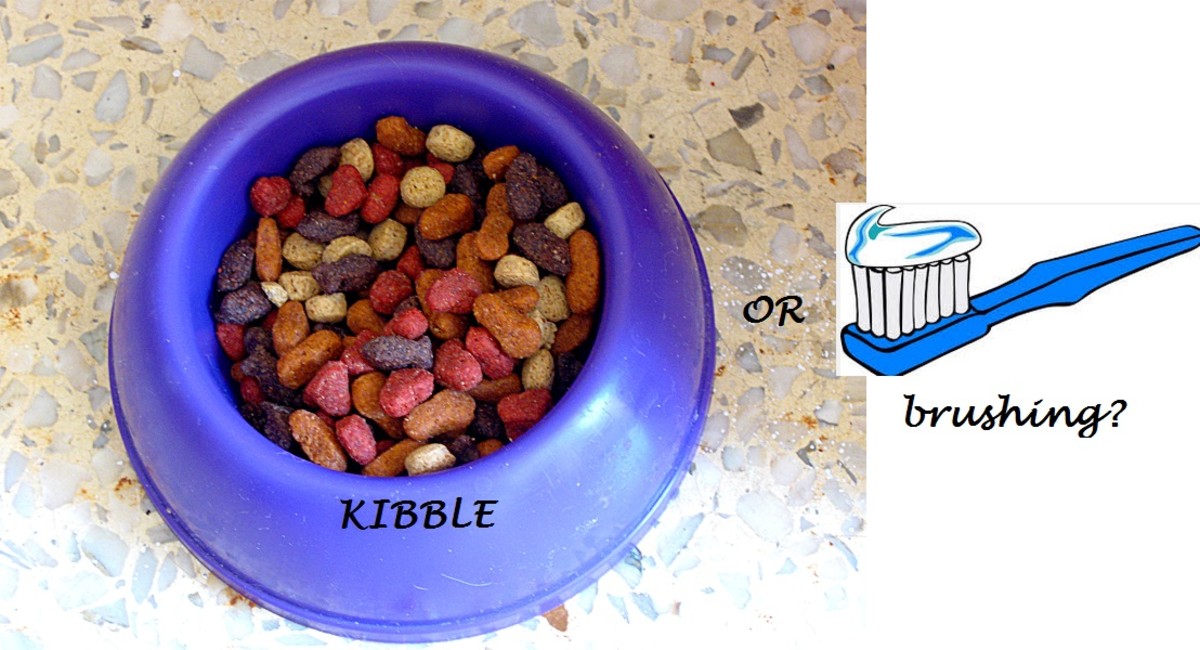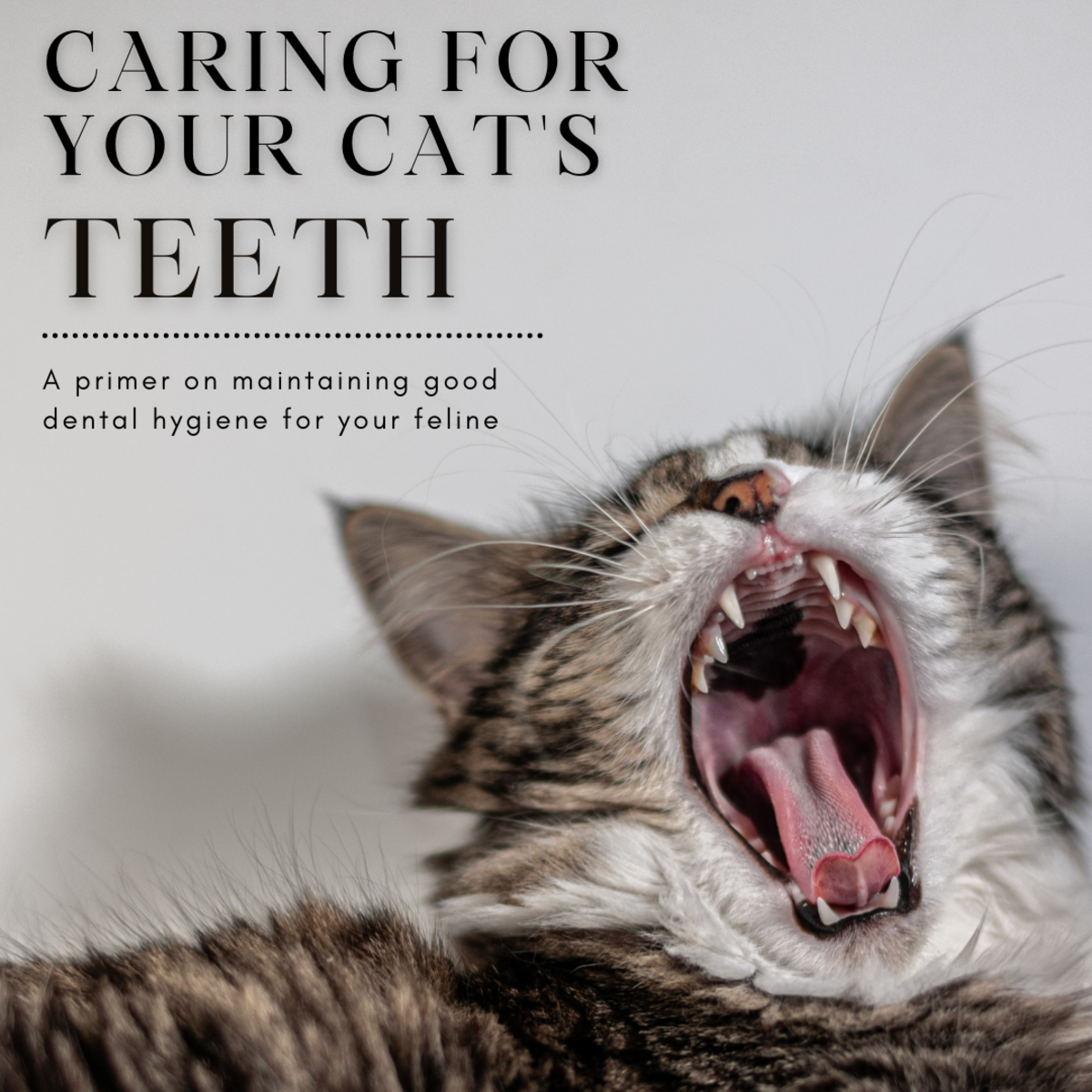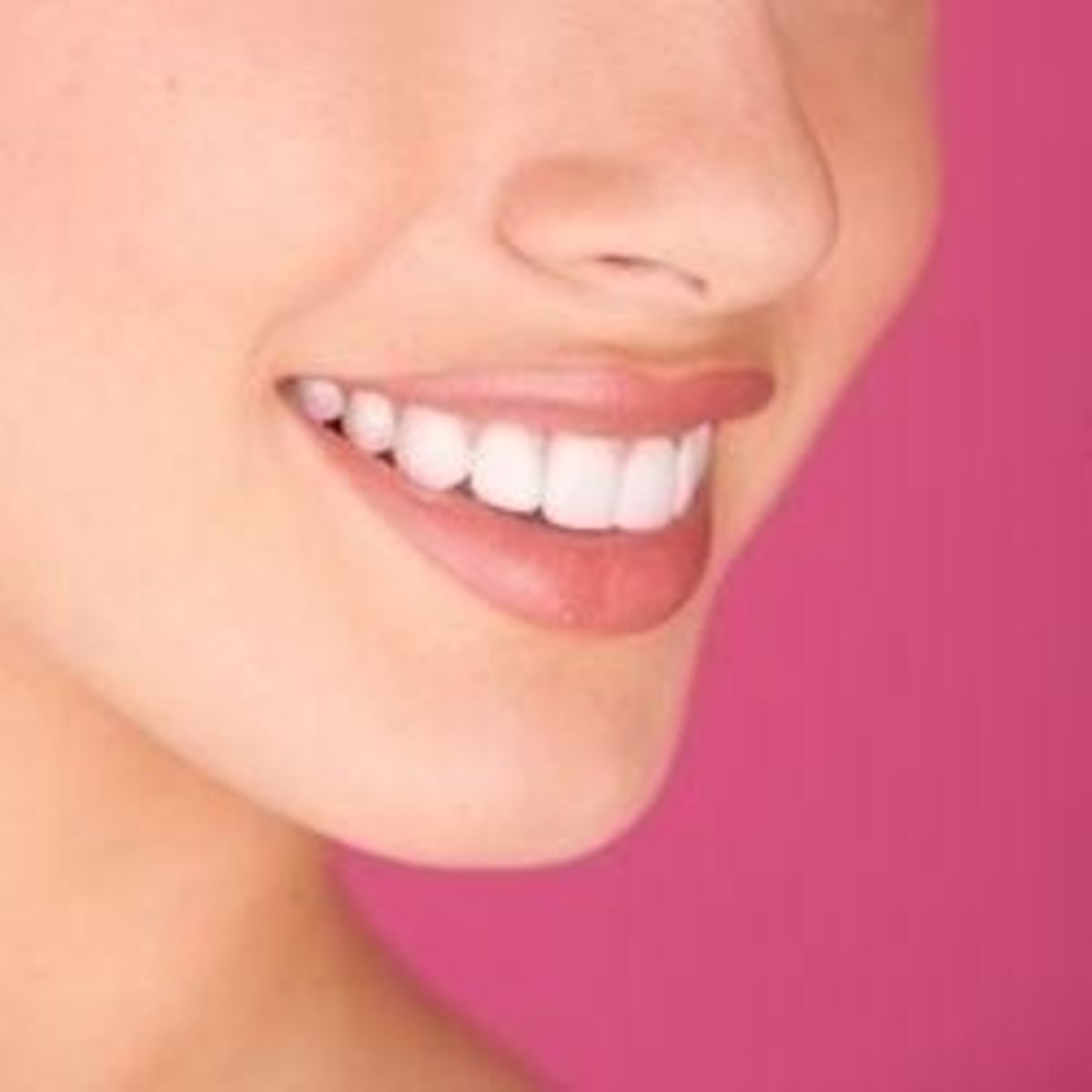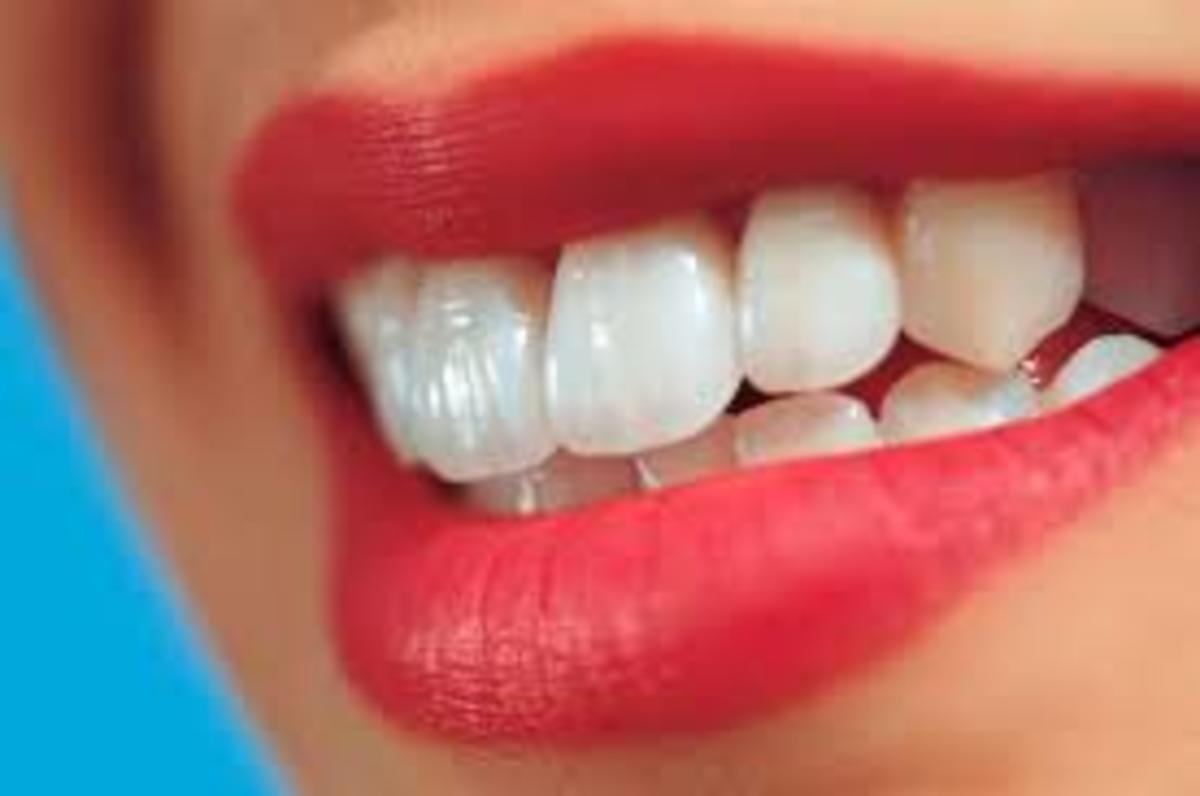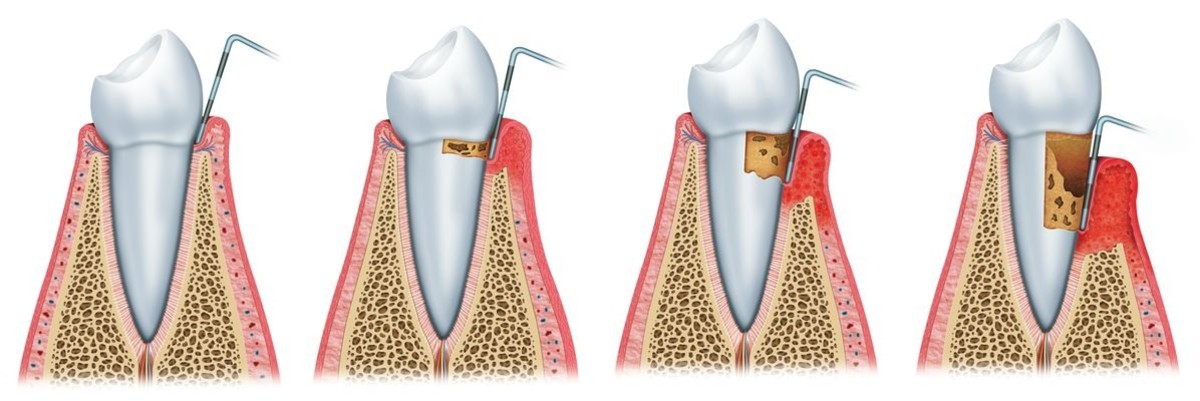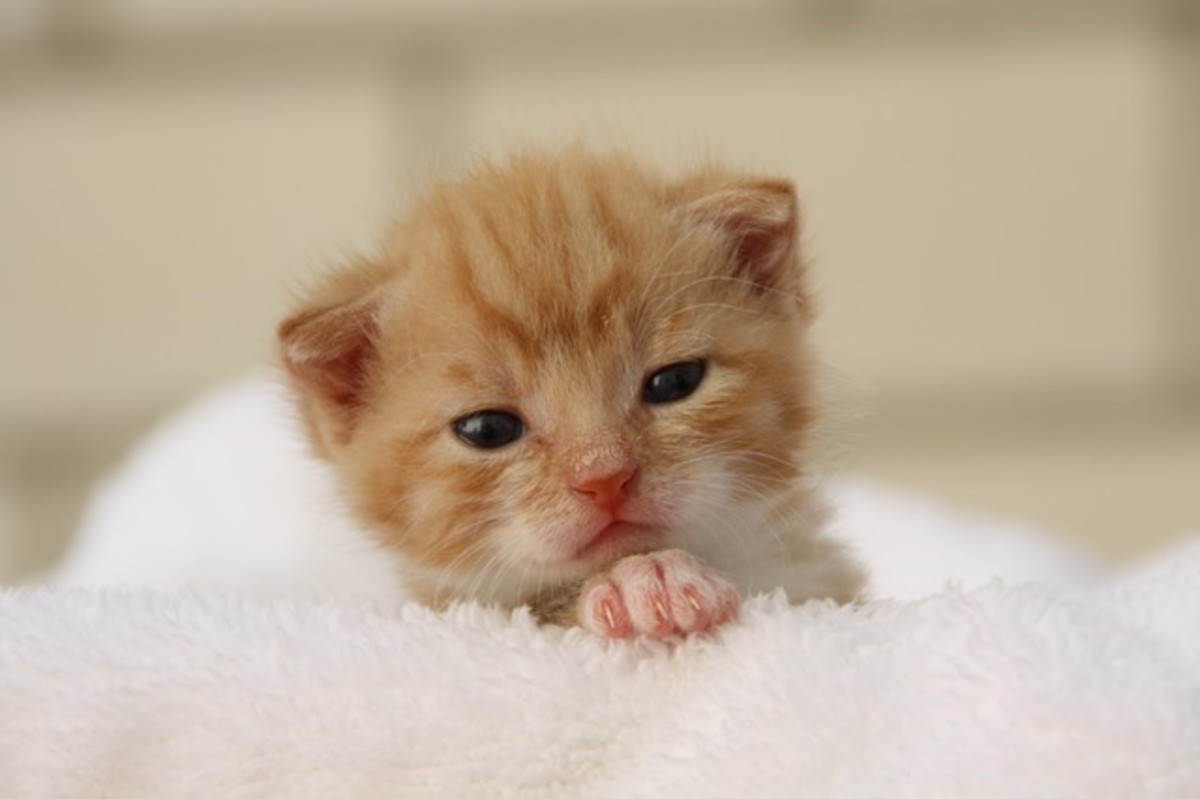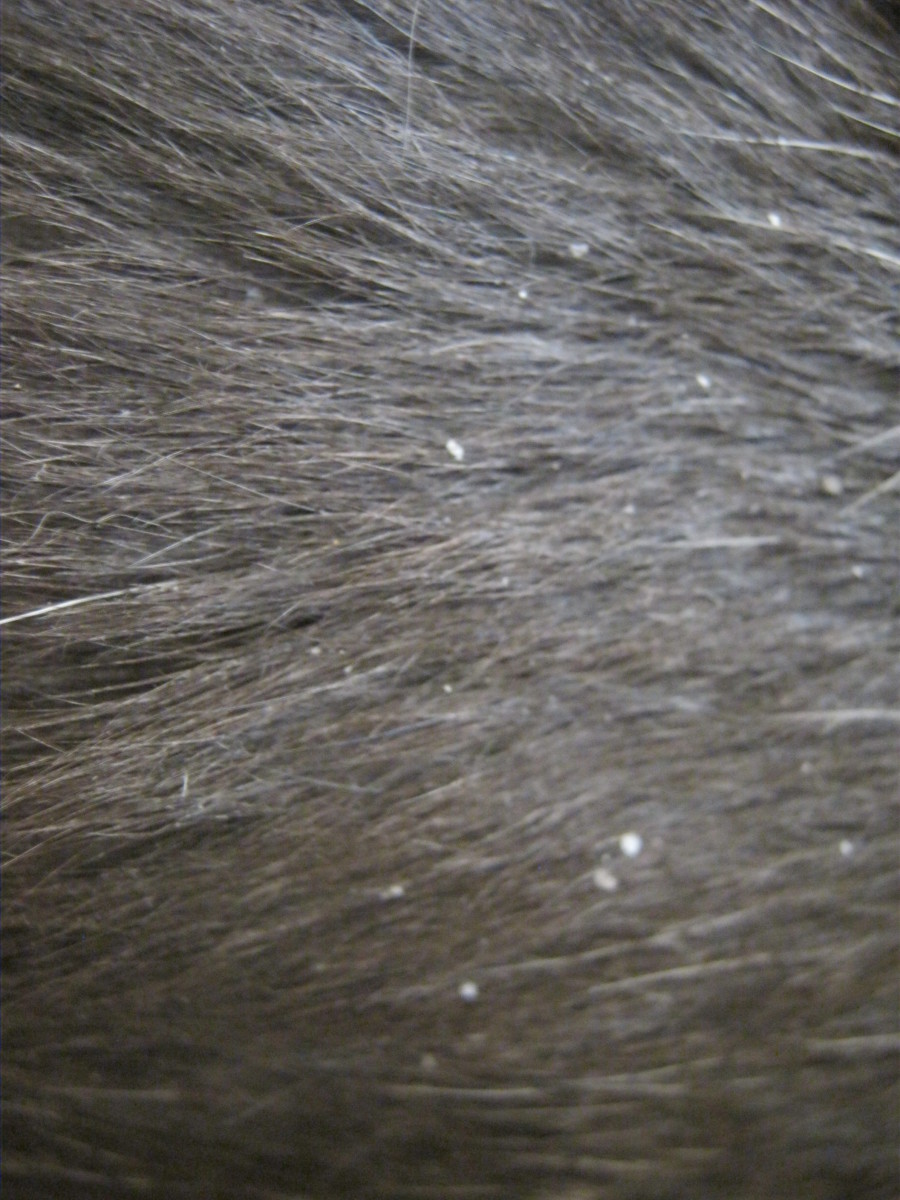Cat Teeth and Periodontal Disease
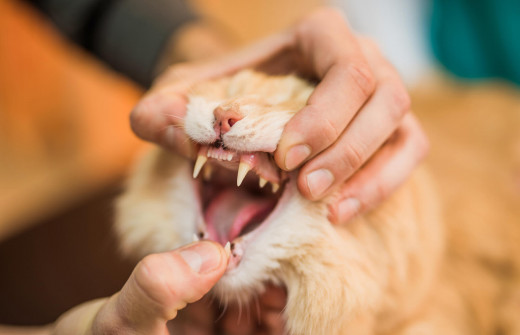
Cat teeth are designed for grasping, cutting, tearing, and shredding. As a cat grasps a piece of meat with his front claws, he bites down on it with his four canine teeth, scissors the meat between his back teeth, and tears off a mouthful which he swallows without chewing.
One of the first signs of mouth disease is a failure to eat. This is caused by pain in the mouth rather than loss of appetite. The cat will often sit near his food, giving every indication he wants to eat. He might even pick up a piece of food and then drop it. If you try to examine his mouth he will frequently move back and struggle to getaway.
Another sign of mouth disease could be an unkempt coat. Since he uses his mouth for self-grooming, any discomfort within it could hinder or halt this behavior. Bad breath and drooling could be other indications of mouth disease. These two factors together usually indicate Stomatitis or Gingivitis. Bad breath by itself could indicate periodontal disease.
The most common disease in the cat's mouth is periodontal disease. All cats living in hard water areas eventually develop tartar stains on their teeth. Tartar is a dark brown or tan stain that is a mixture of calcium phosphate and carbonate with organic material. When permitted to accumulate it becomes mineralized and forms a hard rough surface near the gum line. This is frequently known as plaque or calculus. Small pockets form between the calculus and gum, where bacteria grows and feeds on trapped food. Eventually, these pockets become infected, the gums become soft and mushy and begin to recede. This allows an infection to attack the weakest point of the tooth where the cementum joins the periodontal membrane. After a time, the bone will recede, the root becomes exposed, and the stability of the tooth is lost. As long as 50% of the root is anchored in bone, good oral hygiene may still save the tooth.
Normal chewing on hard material cleans the teeth and reduces the chances of calculus formation. It also stimulates the flow of saliva which contains antibacterial enzymes. This is the main reason why cats that maintain a soft canned food diet are more susceptible to tooth decay after five years of age. It has also been suggested that some cats are more susceptible to periodontal disease than others. Increased risk factors seem to occur among cats who suffer from repeated viral respiratory infections, and cats who have been exposed to the leukemia virus.
An offensive mouth odor is usually one of the first signs of periodontal disease. It may have been present for some time, and even accepted as normal. Other characteristics of a cat with periodontal disease are refusal to eat, weight loss, and an ungroomed appearance.
If you look closely you can see tartar deposits on the premolars, molars, and canine teeth. Pressure against the gums nearly always causes pus to exude from pockets alongside the teeth. This is an indication of Gingivitis.
A lot ofcat teeth or dental problems go undetected until they cause major symptoms. Cats resist examination, especially when suffering from a painful mouth. In addition, they often withdraw and seek seclusion.
The treatment of periodontal disease in the cat must always begin with a thorough cleansing of the mouth, restoring it to a near-normal condition. This involves the removal of dental tartar and calculus, drainage of pus pockets, and polishing the teeth. Afterward, the cat should be placed on an antibiotic. This initial treatment is usually done by a veterinarian. The follow-up treatment should include a home program of good oral hygiene in which the teeth are cleaned daily and brushed weekly. Feed dry cat food which encourages chewing and stimulates the flow of saliva. Saliva contains substances that fight mouth bacteria. Loose teeth, those in which less than 50% are firmly anchored in the bone should be extracted.
Prevention of Cat teeth problems should include the following program of good oral hygiene.
1 - Give your cat something to chew on at least once or twice a week. A cat can be encouraged to chew on a large knuckle bone with a little bit of meat left on it. Avoid long bones that can splinter, like ribs or chicken bones.
2 - Remove tartar by brushing the teeth with a 3% hydrogen peroxide solution, or a solution of 1% hydrochloric acid. Moisten a rough cloth with the solution and then scrub the teeth vigorously, particularly on the outside and next to the gums where stains are heaviest
3 - Brush your cat's teeth and gums at regular intervals. Twice a month may be sufficient. Older cats will need to have their teeth brushed more frequently. In general, cats object to toothbrushes and the taste of toothpaste. Use a solution made up by adding a teaspoon of salt and a teaspoon of baking soda to a cup of water. Moisten a rough cloth and wrap it around your finger. Slip your finger inside his cheek and scrub his teeth and gums vigorously, paying special attention to the outside surfaces.
How to Check Your Cat's Teeth
References: The Cat Owner's Home Veterinary Handbook by Delbert G. Carlson, D. V. M. and James M. Giffin, M.D. - First Edition
- Is Your Cat Not Eating?
Is your cat not eating? Has he lost his appetite? There are many reasons why your feline buddy is not in the mood for chowing down, even if you spoil him with his favorite meal. The causes of this curious behavior can range in importance from being a
- Cat Health Problems
Common cat health problems range from simple inconveniences to life-threatening accidents and illnesses. If you notice any unusual behavior in your cat or kitten (especially things like not eating, constipation, lethargy, or a dull coat), you should
